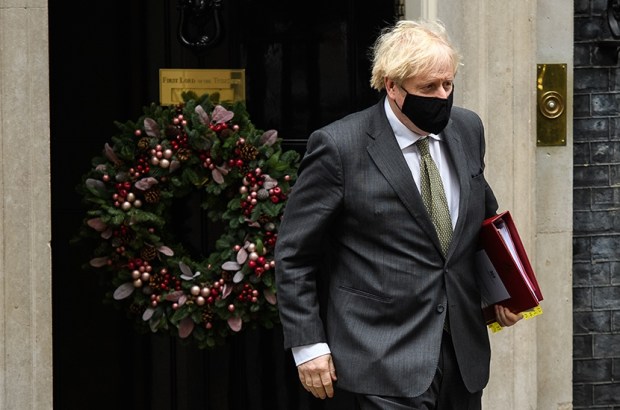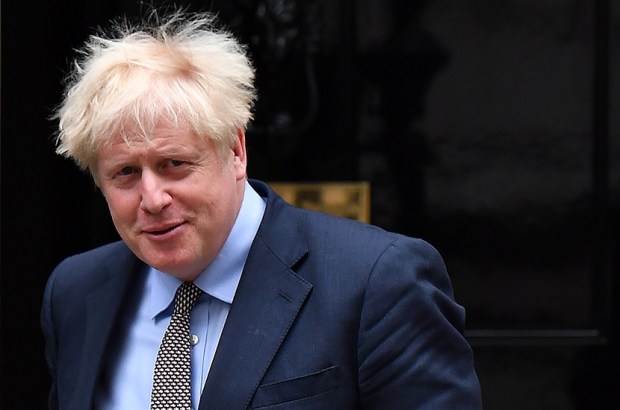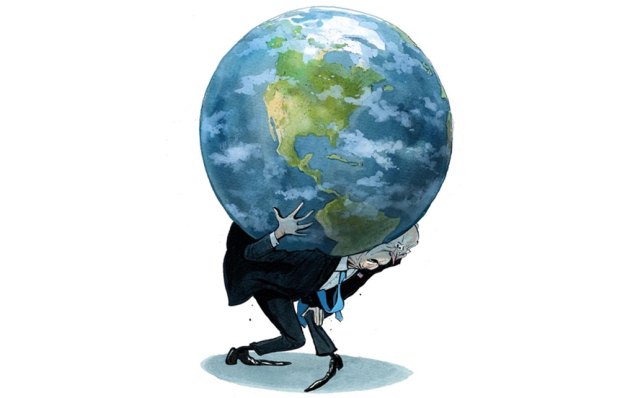A month in, and the war in Ukraine looks very different to how anyone expected. On the first day of the invasion, western intelligence sources believed that Kyiv would fall to Russian forces within 72 hours, underestimating the Ukrainians’ ability to defend their territory and overestimating the Russian military’s capabilities.
Among Vladimir Putin’s many errors was his underestimation of western unity. He did not predict the severity of the sanctions against Russia or that his act of aggression would snap Europe (most notably Germany) out of its complacency over defence spending. In some ways, Putin, by going for a full-on invasion, made it easier for the West to adopt a unified position. If he had instead developed things more gradually, he would almost certainly not have been met with such a response.
In the hours after the conflict began, the debate in Whitehall was about whether western unity would hold if Putin successfully installed a puppet government in Kyiv. Would there be unanimity in Nato about arming and funding a Ukrainian insurgency? Just this week, the Ukrainian ambassador to Germany accused Berlin of preparing to speak to a puppet government just hours after the Russians had rolled across the border.
But to date, the Russian military has failed to deliver on most of its goals. The Ukrainian government is still in Kyiv and the western powers continue to provide it with defensive weapons. The Russians have so little presence in the west of the country that Nato can be fairly confident that supply lines moving equipment in will not be attacked, something that would escalate the conflict. Indeed, the Russian army appears to be pulling back from around the capital and instead concentrating on the east.
The peace talks in Istanbul appear to be making some progress. But every time optimism rises from these discussions, it is dispelled when a western leader has a conversation with Putin. As one diplomatic source says: ‘The hyper-active normalisers have got nowhere.’ Whatever is being said around the conference table, it is hard to believe that Putin really would accept Ukraine joining the European Union, something that would confirm its western orientation.
There are three stumbling blocks to a deal. Firstly, there is the question of whether Russian forces are prepared to pull back to where they were before the invasion began, and return the territory they have captured. Secondly, what happens to the parts of Ukraine that Russia has either annexed, to Crimea, or to the two so-called breakaway republics in the Donbas, recognised as ‘independent’? Thirdly, there is the issue of Ukrainian neutrality. Short of Nato membership, the best guarantor of the country’s security is a well-equipped and well-trained military. If the Russians are beginning to negotiate more seriously, it is because of the resistance from the Ukrainian forces. Veterans of the 2015 Minsk II negotiations recall how, during discussions, Putin would plunge his fork into the table to illustrate how Russia’s proxy forces were advancing. The message was clear: the longer the Ukrainians waited to sign, the more of their territory would be taken.
The issue with security guarantees for Ukraine will always be how willing countries are to risk coming into direct conflict with Russia given that it is a nuclear-armed state. In some ways, the poor performance of the Russian military in this conflict has increased that risk. Unlike in the Cold War, when the assumption was that the USSR had the edge in conventional warfare, it is clear that Russia would be no match for Nato’s militaries. This leaves Moscow more dependent on weapons of mass destruction.
Until now, Nato has been supplying Kyiv with weapons designed to hold up a Russian advance, such as anti-tank devices. The aim of even the most advanced weaponry that the UK has provided, the Starstreak anti-aircraft system, is to prevent the Russians from gaining aerial dominance.
Yet if Ukraine is to take back the territory that the Russians have seized, it will need a very different kind of military support, which is why President Volodymyr Zelensky is now calling on Nato to give tanks and planes to Ukraine. If Ukraine’s military is going to liberate the places Russia has taken by force, it will require greater offensive capabilities on land and in the air.
Zelensky also wants these tanks and planes as they would boost morale. They would give the Ukrainian people a sense that there was a possible end to the war, that the fighting is not bound to grind on for years in the way that the conflict in the east has done.
Getting Nato to agree to supply Ukraine with tanks will not be easy; Emmanuel Macron has already made clear his scepticism of the idea, calling it a ‘red line’. But what is the alternative? Without more armour, it seems that Ukraine is destined for an off-and-on-again, long conflict of attrition.
It does seem that Joe Biden’s administration is leaning towards an assertive position. It was telling that the US President chose to go to Poland, one of the most determined Nato members, on his recent European visit. I am told his trip strengthened the resolve of the alliance’s more hawkish members.
Ukrainian resistance has allowed the West to stumble on to a strategy of wearing down the Russians through sanctions and military assistance to the Ukrainian forces. The question now is whether the West can transform that strategy into something longer term which will end Russian revanchism and enable Ukraine to reclaim the territory Putin has seized in the past month.
Got something to add? Join the discussion and comment below.
Get 10 issues for just $10
Subscribe to The Spectator Australia today for the next 10 magazine issues, plus full online access, for just $10.
You might disagree with half of it, but you’ll enjoy reading all of it. Try your first month for free, then just $2 a week for the remainder of your first year.















Comments
Don't miss out
Join the conversation with other Spectator Australia readers. Subscribe to leave a comment.
SUBSCRIBEAlready a subscriber? Log in